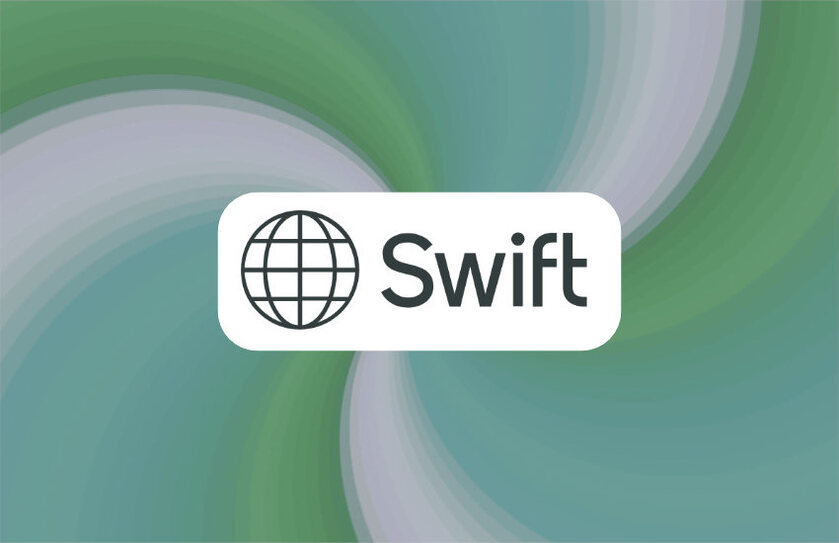In a website post today, Swift embraces the concepts of tokenization and a shared ledger, which could replace the need for messaging between financial institutions. Swift currently operates the global messaging layer, which a shared ledger could eventually render extinct.
It initially argues that in addition to a shared ledger for payments, there’s a requirement to store rich data such as that needed for anti money laundering (AML). Ideally that data would be communicated through messaging. It then proposes that the shared ledger could be based on an adapted version of its centralized Swift transaction manager.
While many of Swift’s points are perfectly valid, in our view, this demonstrates the classic conundrum of how incumbents respond to innovation. Swift could make sense as the operator of some of these shared ledgers. Likewise, incumbent central depositories (CSDs) might be the logical operators for securities ledgers.
The counterargument is that most organizations struggle to let go of existing achievements, infrastructures and cash cows. Hence, they often hinder change rather than accelerate it, which is why many innovations invariably involve a new set of actors.
However, this is not inevitable. In a recent interview with Standard Chartered, we explored the structure needed for an organization to disrupt itself.
Transitioning to shared ledgers
Stepping back, today each financial institution keeps its own records and uses messaging to communicate with other organizations. Keeping these separate ledgers in sync is tricky, with considerable time wasted in reconciliations.
It also results in delays.
A payment currently requires a message to be sent from one bank to another. If the receiving bank is tardy in updating its ledger, or the payment requires multiple bank hops, the recipient will get their payment late.
Instead, if one combines a shared ledger and tokenization for payments, there’s no longer a separation between the message and the money movement (the ledger update). They are one. When the payment is sent, it is received almost instantly.
In 2021 Citi’s Tony Mclaughlin proposed the Regulated Liability Network (RLN). The concept involves a shared ledger based on DLT for all types of regulated payments involving central banks, commercial banks, e-money providers and possibly stablecoins. This supports atomic payments in which a payment and exchange of an asset happen simultaneously or not at all.
Since then, in similar initiatives the BIS has proposed its Unified Ledger (technology agnostic), the IMF suggested X-C and there’s the Global Layer One initiative in Singapore. Brazil’s DREX wholesale CBDC project is close to the Unified Ledger concept and is likely to be the first to go live early next year.
Swift’s first proposal: DLT + messaging
Swift has been actively involved in DLT and tokenization experiments. It participates in RLN trials and has conducted tests for cross-border CBDC interoperability and interoperability for digital securities with multiple public blockchains.
The CBDC interoperability project in particular was heavily message-based. We were initially critical of this use of messaging. However, during the transition to tokenization, theres’s a need to integrate with existing systems, making messaging necessary.
“Blockchain technology – which the shared ledger would use – is very effective at recording whether or not a movement of funds has taken place,” states Swift in today’s post.
Swift argues that shared ledgers aren’t good at storing large volumes of data. That’s true. Blockchains such as Ethereum resort to external storage on file systems such as IPFS. Hence, Swift suggests any data needed for AML and compliance screening should use messages.
“Moving forward, an ISO 20022-based messaging layer will enhance the shared ledger proposition by offering a payload of rich and structured data to fulfil the adjacent functions that are essential to the completion of any regulated financial transaction in an instant and frictionless way.”
Swift’s next proposal: we’ll host the ledger
Swift then progresses to visualizing how a transition to shared ledgers might work.
“While shared ledgers represent a longer-term vision, the level of complexity and coordination required to bring this vision to market makes this a challenging undertaking.”
Some institutions Ledger Insights has interviewed believe a shared ledger would be so hard to achieve that it’s a pipedream. Others share the vision.
From this foundation, Swift then stakes its claim.
“By leveraging existing components of the financial system that already work well together – including secure financial messaging such as that provided by Swift – the industry can avoid undue levels of market concentration risk, and draw upon tried-and-tested practices to deliver the rich, structured data that it has been working towards for decades.”
It continues, “Rather than having each institution record its own individual ‘state’, that function could be abstracted and performed at an industry level, similar to how messaging evolved. Such a state machine could be built on more decentralised blockchain technology, or equally a more centralised platform like Swift’s Transaction Manager could be enhanced for this use.”
Swift describes this as a more pragmatic path to adopting shared ledgers.
A fresh start?
At the same time, we’re reminded of a rallying cry by the Head of the BIS, Agustin Carstens. He argued that the current legacy systems have been patched for decades and have now reached the end of the road. Institutions should move beyond siloed systems, messaging and the associated reconciliations.
“What is special about us that we cannot do this? For me, that is the key issue. We need to have the confidence that we should do it,” said Carstens. “The overarching objective of having a much better financial system should be the driving force.”
Swift is willing to address the siloes and the reconciliations. It is just arguing for less change and a key role for itself.
If future financial systems involve multiple shared ledgers that use blockchain, Swift will have a similar role to its current one. What technology underpins most public blockchain interoperability bridges? Messaging.




























